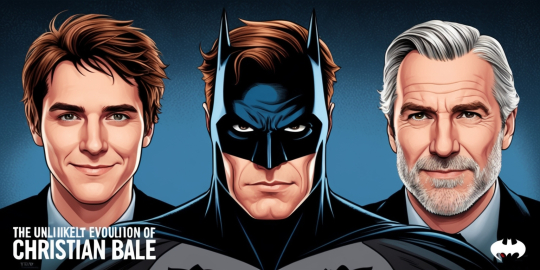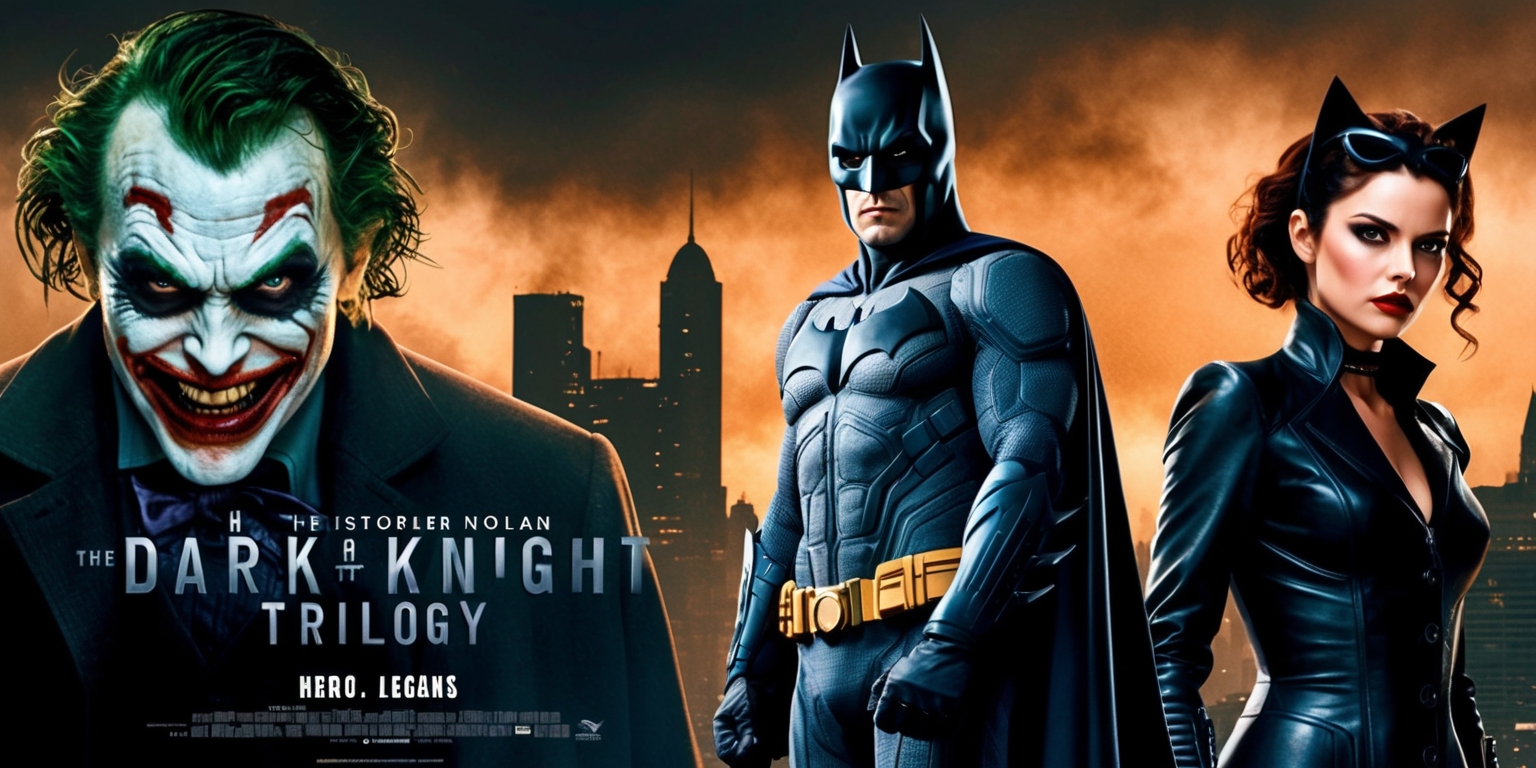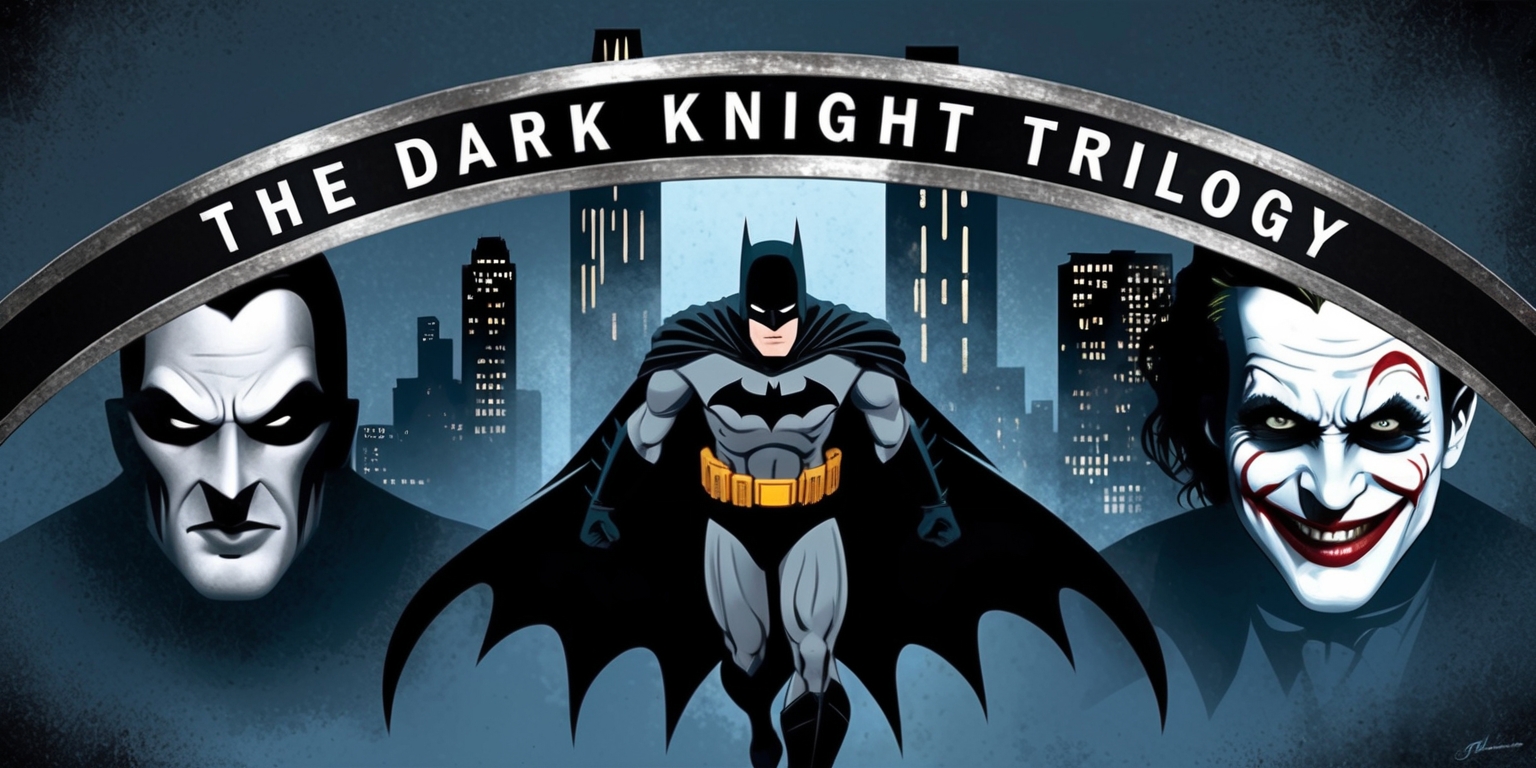
Christian Bale is celebrated for his versatile roles and his remarkable ability to bring complex characters to life on screen. However, despite his impressive filmography, Bale has expressed a clear aversion to sequels and franchises. His experience with films that rely heavily on the same concept has shaped his career choices, making it all the more surprising that he agreed to portray Bruce Wayne, the iconic Batman, in Christopher Nolan's celebrated Dark Knight trilogy. This unique partnership showcased both Bale's range as an actor and Nolan's convincing vision for the franchise.
Understanding Bale's Perspective
Christian Bale's approach to acting is anything but conventional. He revels in the opportunity to immerse himself in diverse roles, enjoying the challenge of transforming into varied characters. This commitment to variety has led to his reluctance to engage in sequels or franchises, which he believes can lead to stagnation in an artist's work. He aims to avoid repeating himself, as he feels that doing so would diminish the excitement of his craft.
The Challenge of Repetition
For Bale, the notion of playing the same character repeatedly provokes a sense of boredom. He has openly admitted that performing in sequels often lacks the thrill of new experiences. This aversion is a defining aspect of his career, revealing an artist who prioritizes growth over commercial success. Bale seeks roles that not only challenge him but also allow for new explorations in storytelling.
Breaking the Mold with Batman
Despite his general stance against franchises, Bale found himself donning the cape and cowl for three consecutive films directed by Christopher Nolan. This collaboration was a turning point for Bale, who found Nolan's vision to be both profound and compelling. The Dark Knight trilogy didn't merely play on the superhero genre but presented a rich narrative filled with intricate character development.
The Road to Acceptance


It is fascinating how Bale transitioned from his hesitation to embrace the role of Batman. Nolan's passion for the project and his innovative approach to the superhero genre played a crucial role in swaying Bale's decision. Nolan crafted a universe where complexities and moral dilemmas were at the forefront, making it an appealing opportunity for the actor.
Past Experiences with Sequels
While Bale's role as Batman was groundbreaking, it wasn't his first venture into franchise filmmaking. His experience with the sequel to Shaft highlighted his dissatisfaction with ensemble roles. Though the film garnered box office success, Bale longed for the autonomy that comes with leading a narrative, a sentiment he expressed in various interviews.
Reflections on Shaft
In reflecting on Shaft, Bale conveyed frustration towards the ensemble nature of the film. He longed for the deep engagement that comes from being the pivotal character in a story. His role in American Psycho showcased his preference, where he was able to immerse himself wholly into the character and lead the film to critical acclaim.
The Appeal of Diverse Roles
Bale thrives in environments that provide varying challenges and storytelling styles. He has articulated that this variety not only prevents him from feeling confined but also allows him to collaborate with various talent. Whether participating in big-budget blockbusters or deeply artistic films, Bale finds value in an eclectic career.
Insights into Actor Collaboration
One of the aspects that drives Bale’s aversion to repetitive roles is the desire to work alongside talented, driven individuals. He cherishes the energy and creativity that arise from collaborating with diverse personalities in the industry. This exchange of ideas fosters a dynamic environment where innovative storytelling can flourish.
From Frustration to Triumph
Witnessing Bale’s evolution from reluctant franchise actor to a standout superhero figure reveals a significant turnaround. The Dark Knight trilogy allowed him to explore Bruce Wayne’s character layer by layer, unearthing the internal conflicts that come with such a dual existence. This journey became more than just about the action; it was a deep commentary on societal morals and personal struggle.
The Success of the Dark Knight Trilogy
Under Nolan's direction, the films within the Dark Knight trilogy transcended typical superhero fare. Each installment delved deeper into themes of justice, chaos, and the essence of heroism, making them culturally resonant. Bale's performance, particularly in The Dark Knight, received critical acclaim, cementing his place in cinematic history.
The Cultural Impact of Batman
The cultural phenomenon that arose from the trilogy reshaped the superhero genre. It became a benchmark for future adaptations, prompting filmmakers to approach comic book films with serious undertones. Bale’s portrayal of Batman was instrumental in setting this new, darker tone, blending psychological depth with action-packed storytelling.
Legacy of the Dark Knight
Years following its debut, the influence of the Dark Knight trilogy continues to be felt. Bale's portrayal remains iconic, resonating with audiences and influencing portrayals in other media. The character’s examination of morality and the struggle between right and wrong complexities within continues to be relevant, lending a timeless quality to Bale's work.
Conclusion: A Unique Legacy
Christian Bale's foray into the world of Batman was an unlikely yet transformative chapter in his career. While his reluctance towards sequels is a defining characteristic, his portrayal in the Dark Knight trilogy exemplifies his ability to overcome that reluctance when the narrative calls for it. This unique balance between passion for the craft and a sensible approach to acting ensures that Bale's legacy will endure in the annals of film history. His career choices reflect a commitment to engage not just in amusement but to provoke the norms of filmmaking, making him one of the industry's most respected actors.